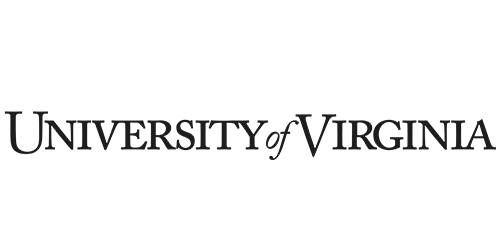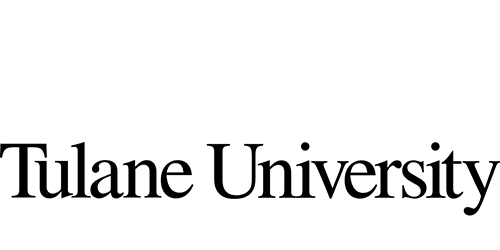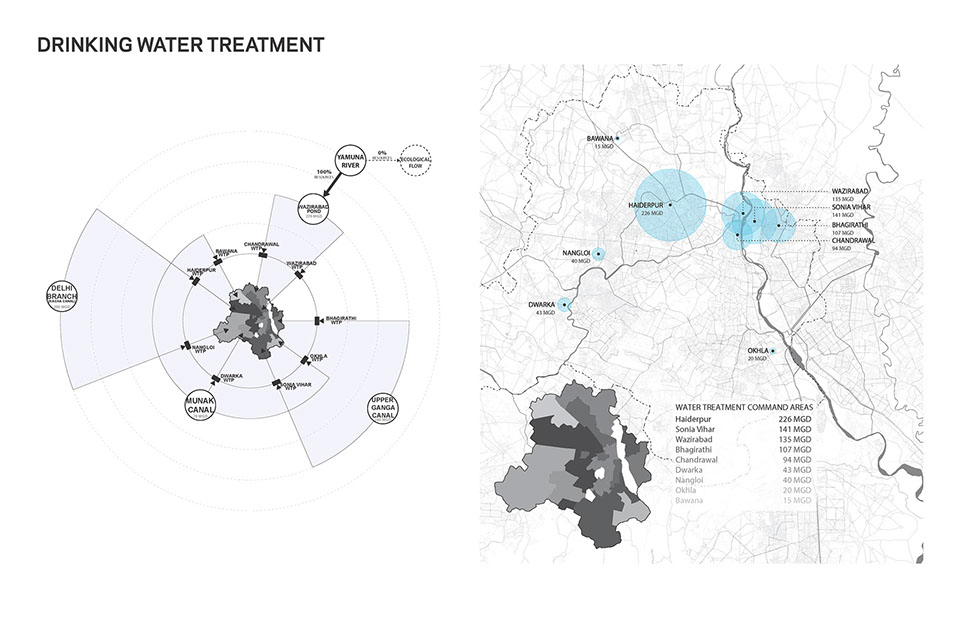
Delhi’s municipal drinking water comes from four main sources, including the Yamuna River. The water is treated at eight primary plants concentrated in the northeastern district of the city, near the water sources. Again, there exist intertwined problems of quality and inequality.

Just north of Delhi, at the Wazirabad Barrage, the clean Himalayan waters of the Yamuna River are almost 100% diverted for use as drinking water. That flow is effectively replaced by the outflow of the Najafgarh Drain, which is massively polluted by a combination of agricultural and industrial runoff, solid waste, and untreated domestic sewage.
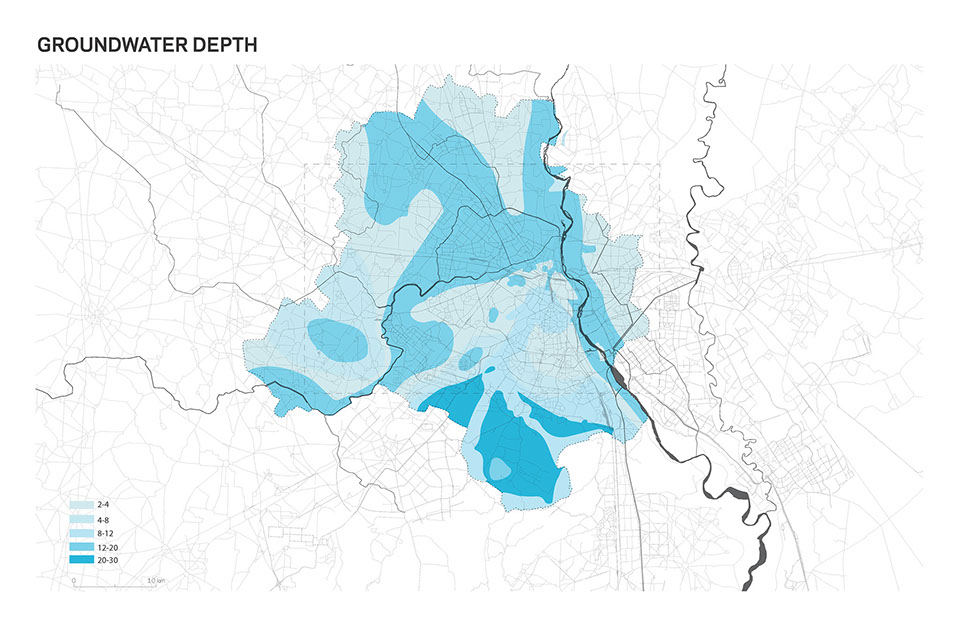
In face of sporadically available and often contaminated municipal drinking water, rich and poor alike turn to illegal groundwater pumps and wells. This has led to a significant lowering of Delhi’s water table, and comes with its own health risks.
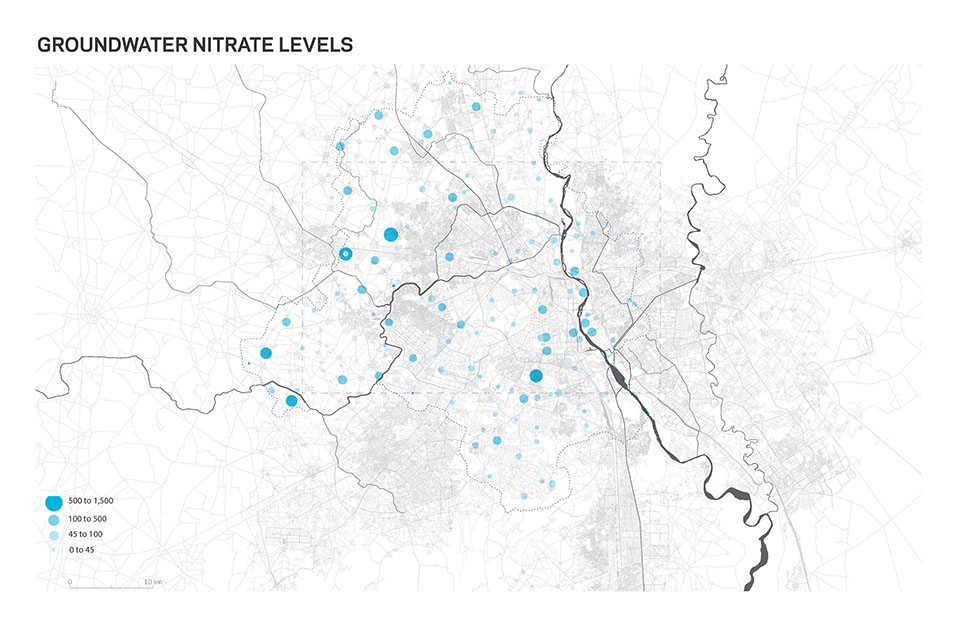
In many areas, Delhi’s groundwater is polluted by agricultural runoff.
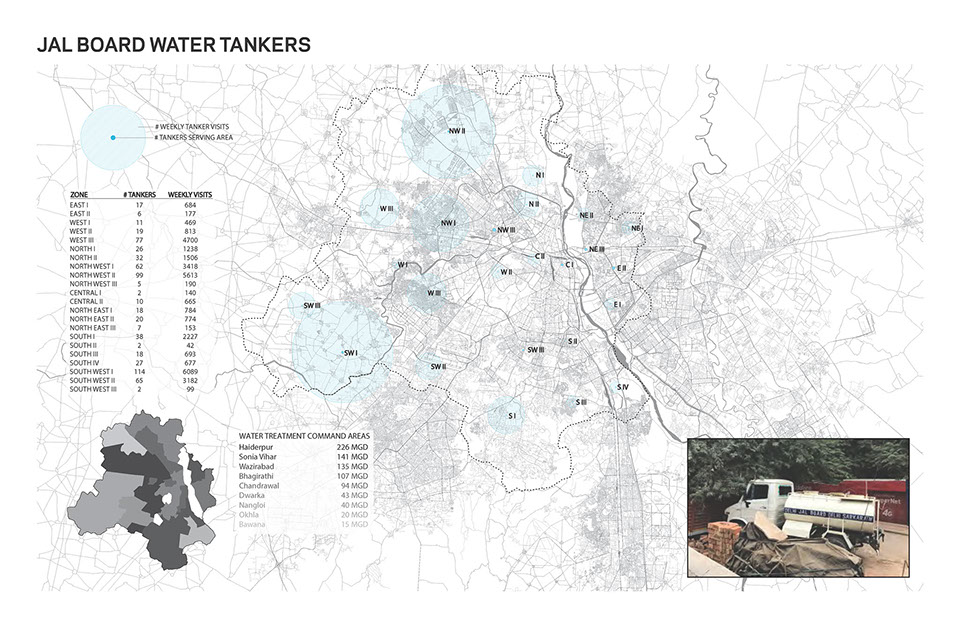
The surplus demand is met through two primary systems. The first is a mobile water infrastructure that brings water in tanker trucks to areas that do not receive piped drinking water. The Delhi Jal Board runs its own system of tanker trucks. There are also private companies: the “water mafia” that operate their own tankers, re-selling municipal water or illegally-pumped groundwater.

